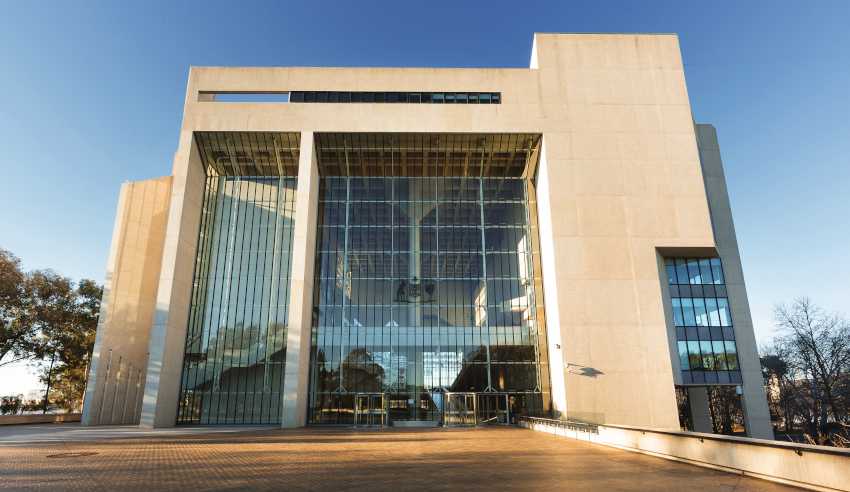High Court set to rule on ‘beauty parade’ race of law firms
A plaintiff law firm is about to learn if it should have been granted Australia’s biggest class actions against banking giant AMP following the royal commission.

In May 2018 a “beauty parade” broke out between five firms that filed class actions against AMP following the conclusion of the banking royal commission and a disclosure that more than $2 billion was wiped off of its market capitalisation.
To continue reading the rest of this article, please log in.
Create free account to get unlimited news articles and more!
Litigation specialist firm Quinn Emanuel filed the first action in the Supreme Court of NSW, followed by boutique class action Phi Finney McDonald in the Federal Court. Three more class actions were filed by Maurice Blackburn, Slater and Gordon and Shine Lawyers.
The NSW Supreme Court granted Maurice Blackburn with the role on the basis of its “no win, no fee” deal. This ultimately meant that the net return for group members is predicted to be the highest. Quinn Emanuel, on behalf of Marion Antoinette Wigmans, has been granted special leave to appeal this decision by the High Court of Australia.
The Wigmans proceeding was the first to be commenced in the Supreme Court of NSW. It was also decided the Komlotex and Fernbrook proceedings be consolidated, with others not going ahead. That meant five class actions against AMP had effectively become one.
The Wigmans case, brought to the High Court by barrister Justin Gleeson SC, has sought to argue the court was not entitled to consider gross or net returns to prospective plaintiffs.
“The error in the Court of Appeal is to regard it as part of the court’s jurisdiction under the powers to be engaging in a speculative forward-looking exercise seeking to predict which of two matters is likely to produce more money for plaintiffs on either a gross or net basis, an exercise a court has never engaged in,” Mr Gleeson told the High Court justices.
This highly anticipated case is predicted to provide guidance on how courts, like the NSW Supreme Court, can decide who should take a class action when faced with a legal race.
“His [honour] recognises at the end the ‘different [legal] teams might in fact secure different financial outcomes’. That was our point and yet the court went on to proceed to assume the outcomes would be the same,” Mr Gleeson continued. “Once that is done, the entire exercise has been reduced to an arid exercise in mathematics.
More to come.






